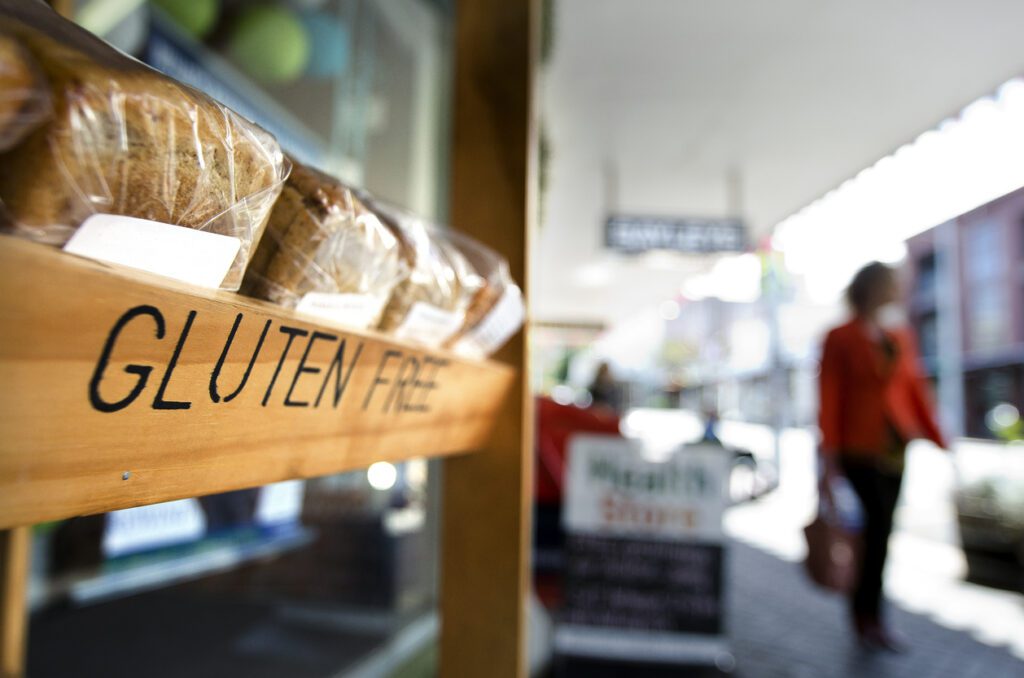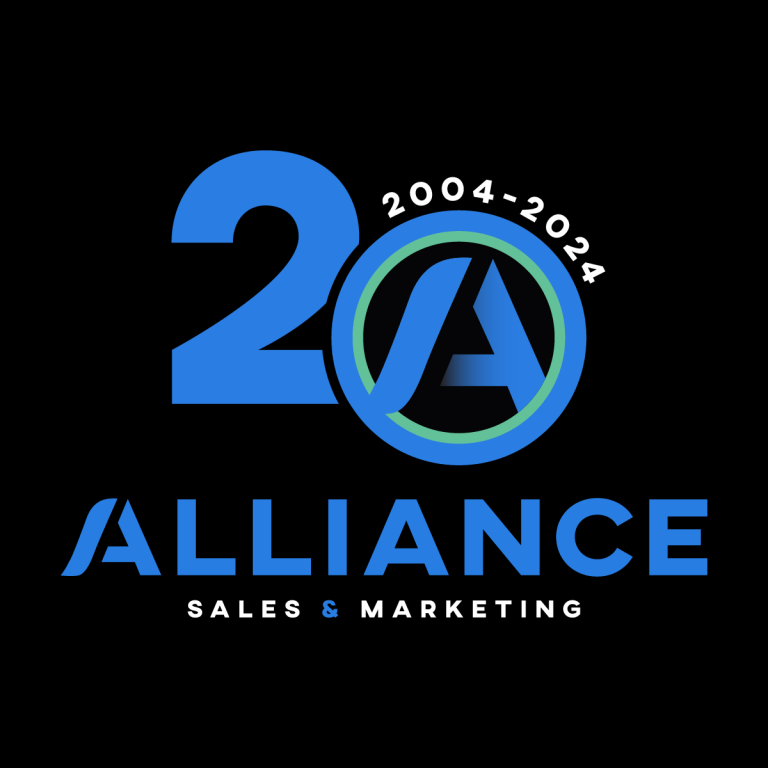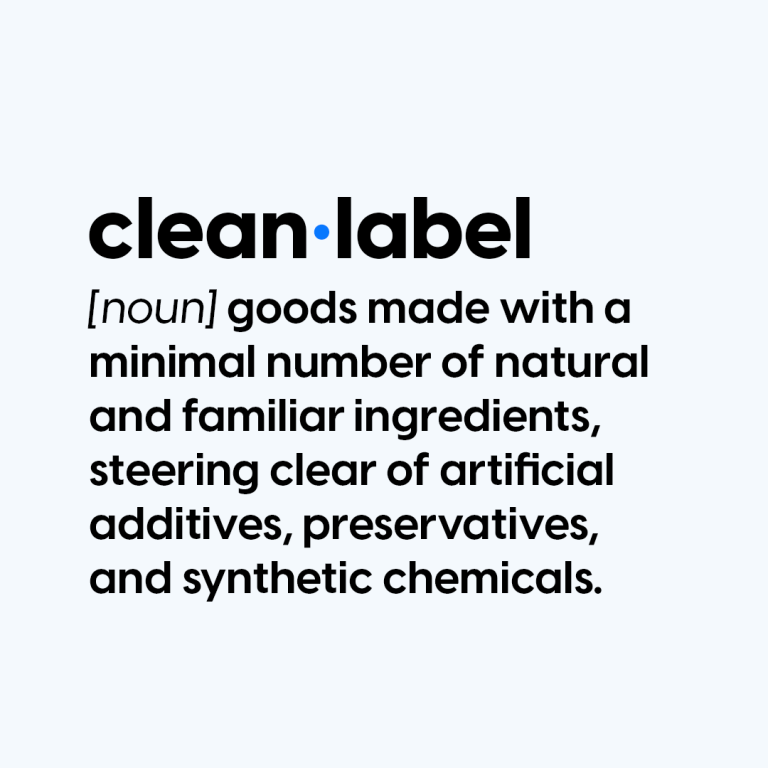
According to Statista Research, the gluten-free product market is expected to reach $7.59 billion by 2020. Just two short years ago in 2017, it was valued at $4.72 billion—that’s an expected growth rate of over 7%! To help understand what’s powering this growth, we’re going to take a closer look at the category in honor of Gluten-Free Diet Awareness Month.
Catering to Gluten-Free Shoppers
With the gluten-free product market on the rise, retailers are continuing to pivot to meet the needs of shoppers. According to Food Navigator, stores are expanding their gluten-free product selection and creating category-centric displays.
In each of Sprouts 300 stores, you’ll find a section dedicated entirely to certified gluten-free products. You’ll find a similar setup in Publix stores nationwide. Nearly all their stores have an area devoted exclusively to gluten-free options.
From a manufacturing standpoint, packaging continues to play an important role in driving sales. Using sustainable packaging, obtaining the Certified Gluten-Free seal, and adhering to clean label standards can help entice health-conscious shoppers to make a purchase.
Looking ahead to the holidays, future-forward retailers will undoubtedly incorporate gluten-free products into end caps and displays in order to reach gluten-free shoppers.
Voluntarily Going Gluten-Free vs. Being Gluten Intolerant
To understand the growth of this category, it’s important to understand the difference between consumers who are voluntarily adopting a gluten-free lifestyle and those who must follow a gluten-free diet because they’ve been diagnosed with celiac disease, a gluten allergy, or gluten sensitivity.
Gluten is the protein found in wheat that binds food together and helps give it shape. Wheat, barley, and rye are the most common grains that contain gluten. Those ingredients are found in bread, pasta, pizza, cereal, and beer, but can also show up in everything from vitamins to toothpaste.
Recently, it has become trendy to adopt a gluten-free diet. There have been claims made in the media that a gluten-free diet increases energy; reduces the risk of heart disease, certain cancers, and diabetes; and promotes healthy weight loss. But these health claims haven’t been proven by the Food and Drug Administration.
If you’ve been diagnosed with celiac disease, you have an immune disease that prevents you from tolerating gluten in your diet. Ingesting foods or products containing gluten can damage your small intestine, resulting in stomach pain, irritability, nausea, vomiting, and more. It can also manifest physically, resulting in a skin rash or mouth ulcers.
The only way to avoid these symptoms, if you have celiac disease, is to avoid foods and products containing gluten. That’s why the Certified Gluten-Free labeling, introduced in 2005, has become so important to retailers and customers.
How are Products Labeled Gluten-Free?
Products that contain the Certified Gluten-Free seal or are labeled gluten-free aren’t 100% free of gluten. According to the FDA, gluten-free foods contain less than 20 parts per million (ppm) of gluten. That means that a gluten-free product can still have an ingredient that contains wheat, barley, or rye as long as it’s less than 20 ppm.
The FDA doesn’t require companies to label their product gluten-free, but companies producing products that are free form gluten can be audited by third-party gluten-free certification programs like the Gluten-Free Certification Organization (GFCO).
The GFCO goes a step above the FDA’s requirements for gluten-free foods, requiring companies to manufacture products that contain less than 10 ppm gluten in order to obtain the seal. GFCO certifies companies on an annual basis, conducting a review of their ingredients and manufacturing facilities. The goal of the certification process is to reassure customers that the food is safe to eat whether you have celiac disease or simply want to avoid foods containing gluten for lifestyle reasons.
Has Gluten-Free Labeling Gone Too Far?
Many products are naturally gluten-free, including things like fresh fruit, water, beans, and milk. And while informed consumers likely know this information, many consumers are in the dark.
In an effort to presumably boost sales from health-conscious shoppers and those searching for gluten-free products, some brands are unnecessarily labeling their products “gluten-free.” This could be a cause for concern if a price-conscious customer is trying to decide between a private-label brand of water that doesn’t say “gluten-free” on the package and one that has the certified gluten-free label on the bottle. The person may be confused and feel like they have to buy the more expensive, labeled option.
To learn more about gluten-free food labeling, visit the U.S. Food & Drug Administration’s website.
Are you a gluten-free brand struggling to navigate the food labeling landscape? We can help!







